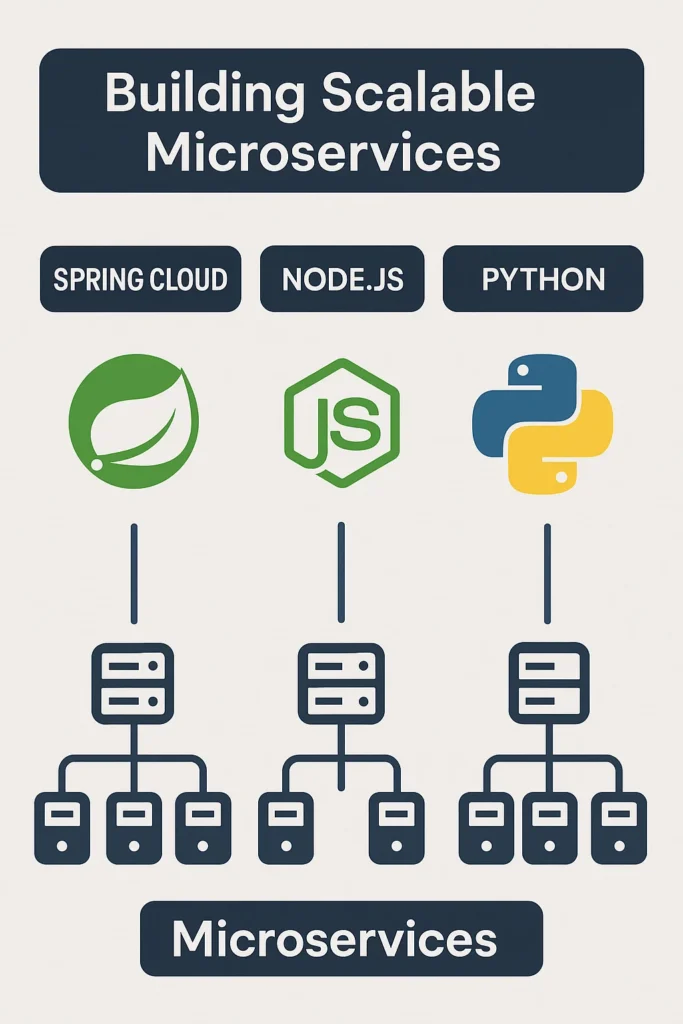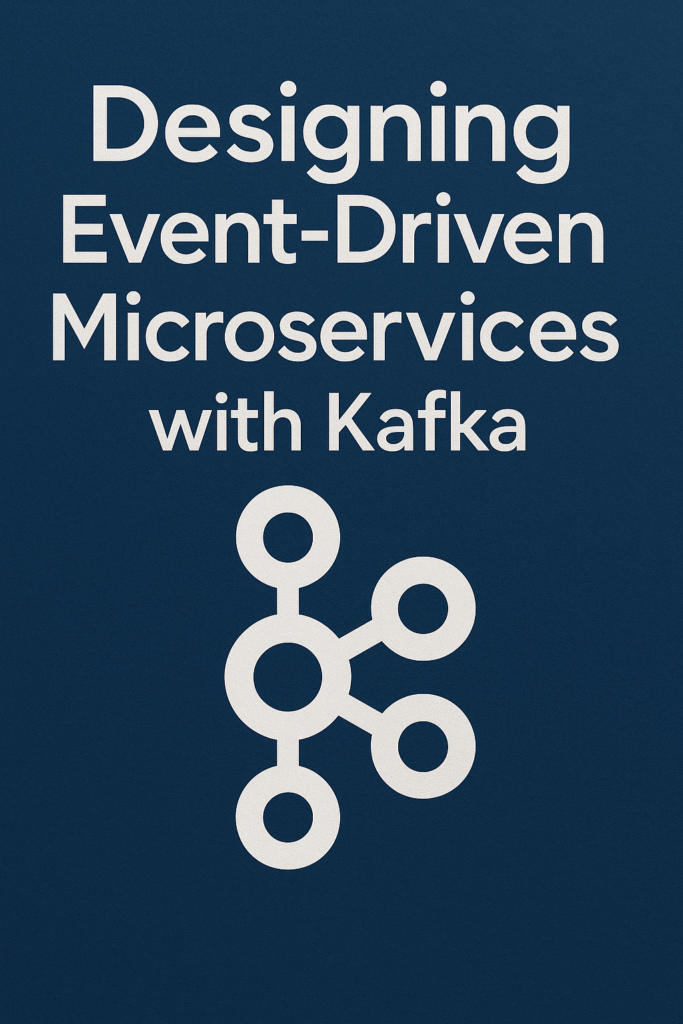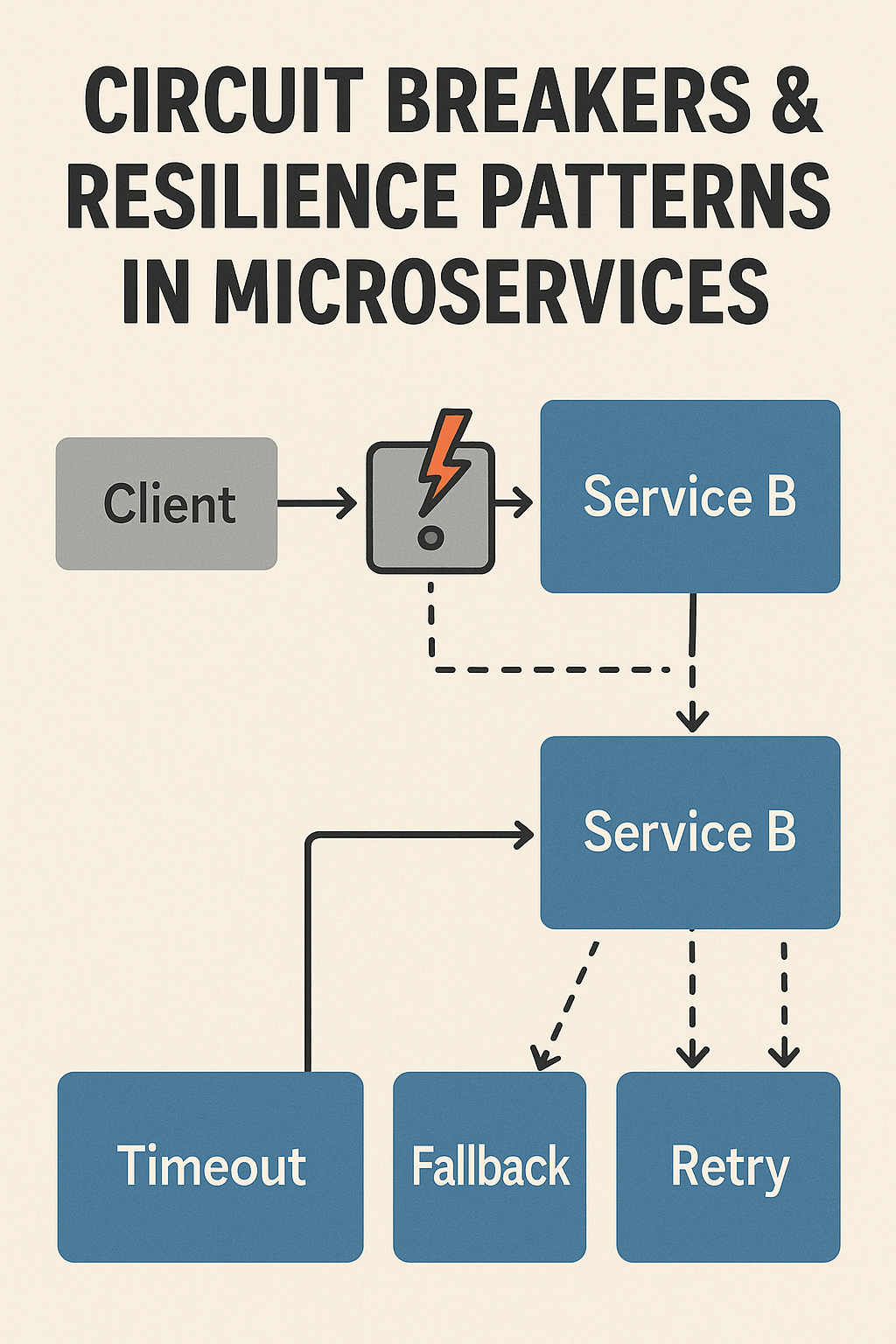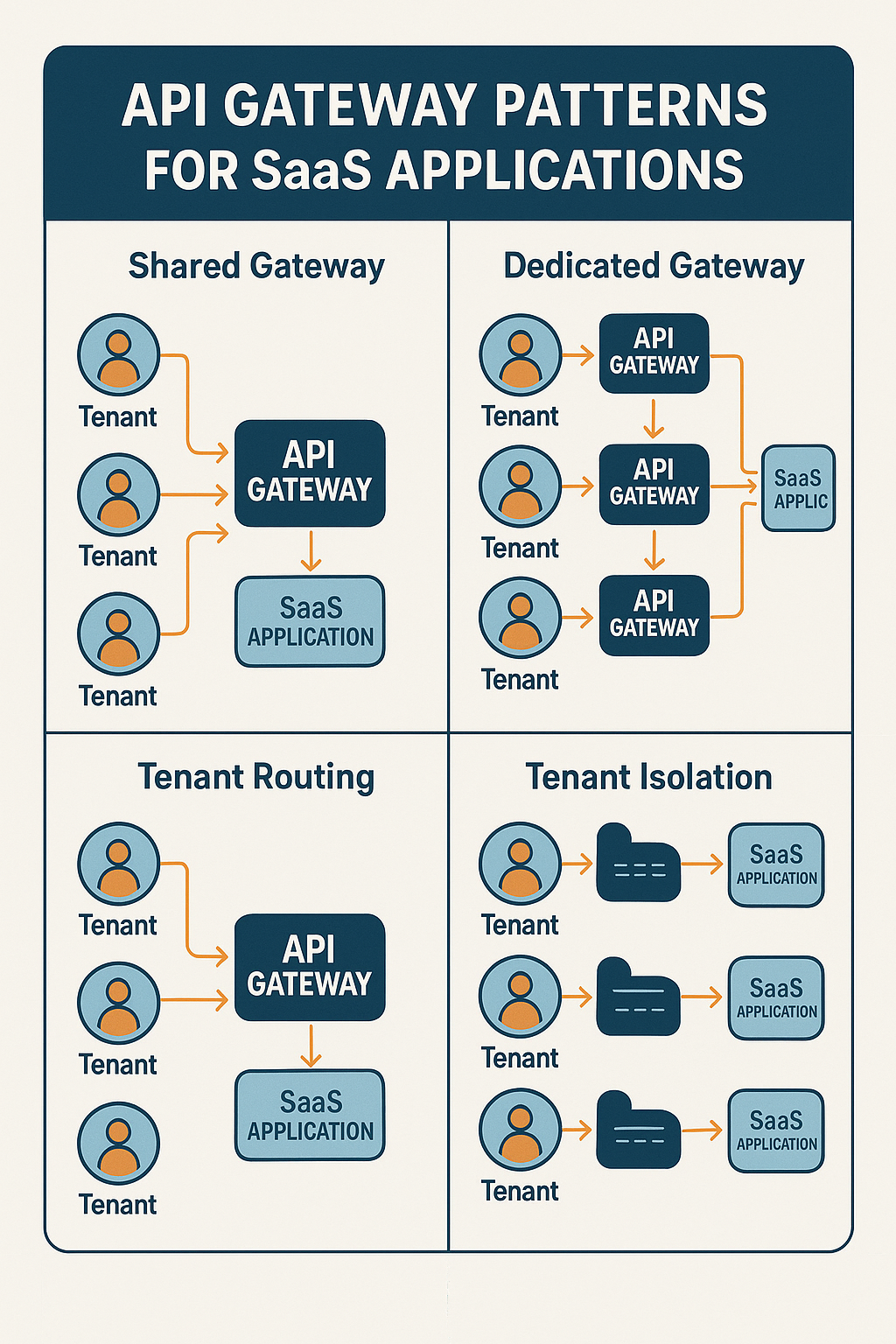
Introduction
When building microservices, choosing the right stack is as important as the architecture itself. In 2025, three popular options are Spring Cloud (Java), Node.js, and Python. Each has its strengths and trade-offs when it comes to scalability, developer experience, and ecosystem support.
This post compares these three stacks so you can decide which fits your project best.
Spring Cloud: Enterprise-Grade Java Framework
Spring Cloud builds on the popular Spring ecosystem to provide tools for service discovery, configuration management, and distributed tracing.
Benefits:
- Rich ecosystem with battle-tested tools.
- Strong support for distributed patterns (circuit breakers, load balancing).
- Large community and enterprise adoption.
- Excellent integration with Kubernetes and cloud platforms.
Pitfalls:
- Steeper learning curve compared to Node.js or Python.
- Heavier runtime footprint (JVM overhead).
- Slower startup time than lightweight alternatives.
Best for: Enterprise applications that need strong reliability, strict contracts, and deep cloud integration.
Node.js: Lightweight and Fast for I/O
Node.js uses a non-blocking event-driven model, making it great for handling many concurrent requests.
Benefits:
- High performance for I/O-bound workloads (APIs, real-time apps).
- Huge npm ecosystem.
- Easy for full-stack teams (JavaScript on both front and back).
- Fast startup and low resource usage.
Pitfalls:
- Not ideal for CPU-heavy tasks.
- Callback/async complexity can lead to messy code.
- Requires careful monitoring to avoid memory leaks.
Best for: Startups, APIs, and real-time applications like chat, streaming, or dashboards.
Python: Simplicity with Rich Libraries
Python is loved for its clean syntax and rich ecosystem, especially in data and machine learning. Frameworks like FastAPI and Django are widely used in microservice design.
Benefits:
- Easy to learn and write.
- Strong ecosystem for data science and AI integration.
- Fast development speed.
- Great for prototyping services.
Pitfalls:
- Slower execution compared to Java or Node.js.
- Concurrency is more complex (due to GIL).
- Requires more tuning for very high-scale systems.
Best for: Data-heavy microservices, ML-powered apps, and projects that prioritize developer speed.
Side-by-Side Comparison
| Feature | Spring Cloud (Java) | Node.js | Python |
|---|---|---|---|
| Performance | High for enterprise apps | Excellent for I/O | Moderate, slower runtime |
| Scalability | Strong with cloud/K8s | Easy horizontal scaling | Needs careful optimization |
| Developer Speed | Moderate (more boilerplate) | Fast (JS everywhere) | Very fast, simple syntax |
| Ecosystem | Enterprise, cloud-focused | npm, web-first | Data, ML, web frameworks |
| Best Use Case | Large enterprises | Real-time APIs, startups | Data/ML-driven services |
Conclusion
In 2025, there’s no single “winner” for microservices — it depends on your team’s needs and project goals:
- Choose Spring Cloud if you’re building enterprise-grade systems with strict reliability requirements.
- Choose Node.js if your priority is lightweight, fast APIs with lots of concurrent requests.
- Choose Python if your services integrate heavily with data science or AI.
For a deeper look at communication protocols between microservices, check out REST vs GraphQL vs gRPC: Selecting the Right Protocol. And to learn about event-driven design, explore Designing Event-Driven Microservices with Kafka.
To dive further into the Spring ecosystem, visit the Spring Cloud Documentation.


